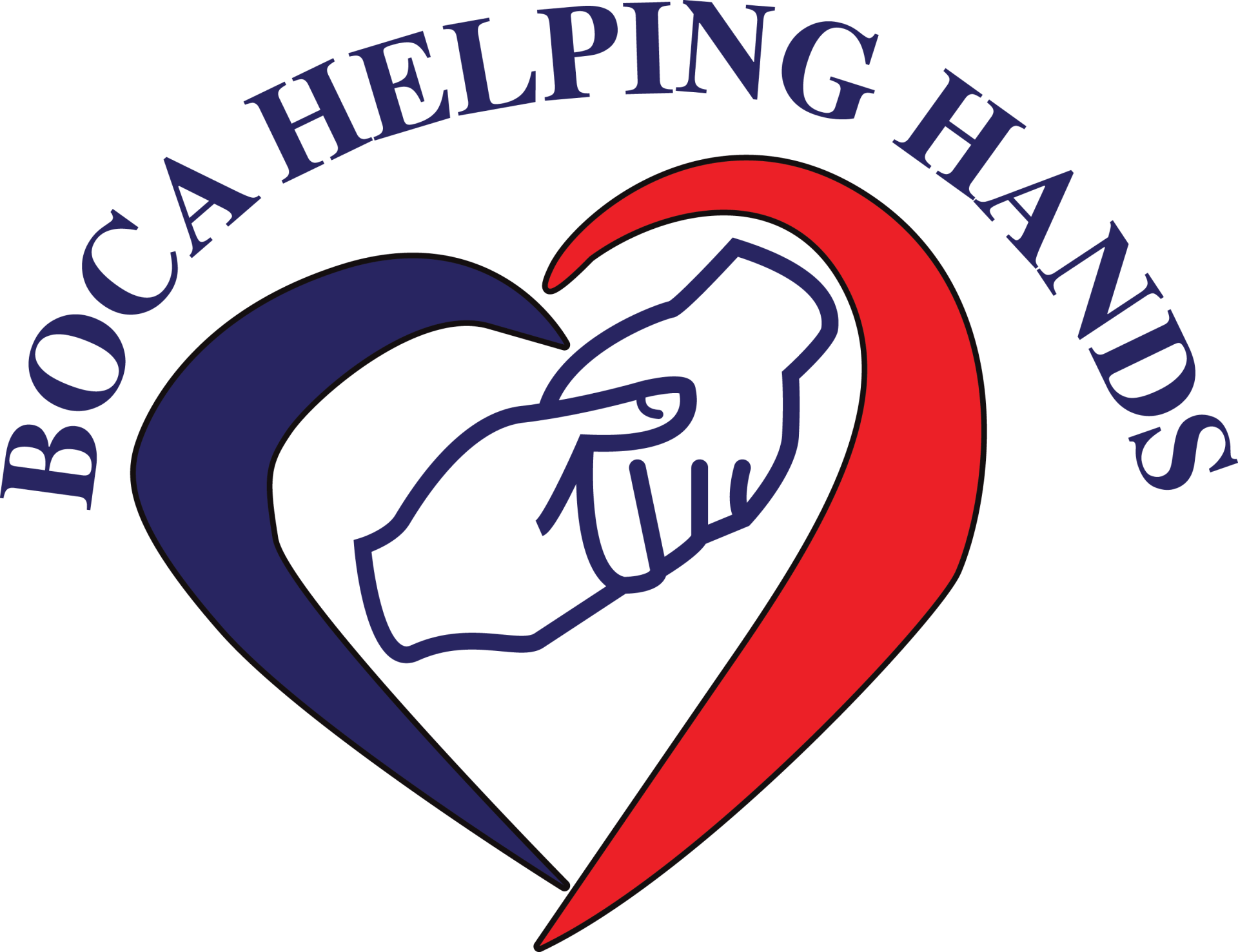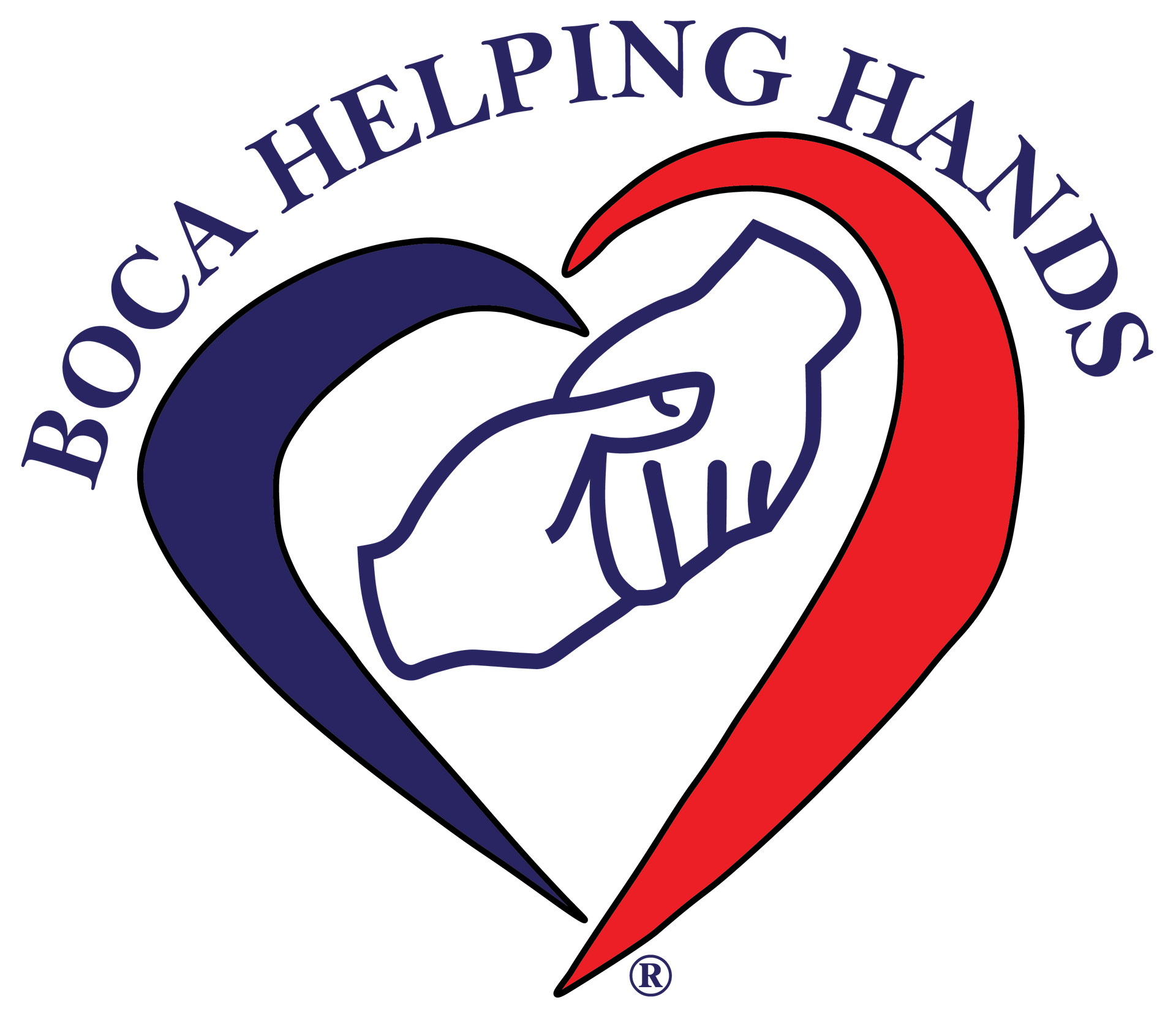What happens to grocery food that goes unsold? At the Trader Joe’s in Davie, it becomes part of a rescue mission.
At the loading dock behind the store, employees left cardboard boxes and plastic bags filled with green grapes, bananas, nectarines, bell peppers, zucchini, and tomatoes. Wynne Avellanet, her son Aidan, and Amelia Paz, Broward Outreach Center food service supervisor, made it their duty.
Friday morning to fit the food into their vehicles’ trunks like Tetris blocks.
Half of the food, including a lamb leg, was delivered to the Broward Outreach Center to be used for community kitchen meals. The other half, packed into Avellanet’s SUV, made its way to LifeNet4Families in Fort Lauderdale.
To people battling food insecurity, Avellanet is known as “the woman with the blue Jeep.” Recipients are so appreciative they often applaud as she pulls in to unload groceries—mission complete.
Every weekend, volunteers such as Avellanet gear up to be delivery drivers for a good cause. These hunger-fighting heroes work with Food Rescue South Florida to transport uneaten, unsold food from restaurants, grocery stores, and hotels to nonprofit organizations that feed those in need.
A nationwide nonprofit with local chapters, Food Rescue’s mission is to curb hunger and food waste, a major contributor to climate change.
Food Rescue South Florida started in Miami in 2018. The organization briefly shifted to providing ready-made meals to underserved communities at the height of the pandemic and has joined forces with more than 20 restaurants to keep Surfside condo collapse families and first responders fed during the recovery effort.
Food Rescue volunteers have also transported leftover meals from Surfside to the Broward Outreach Center. Thanks to the Neighborhood Shares Program at Trader Joe’s locations in Pembroke Pines (11960 Pines Blvd.) and Davie (2296 S. University Drive), Food Rescue expanded to Broward earlier this year. Volunteers typically pack food from Pembroke Pines every Saturday and Sunday and visit the Davie store every Friday.
So far, the two grocery stores have donated more than 50,000 pounds of fruits and vegetables, dairy, eggs, prepackaged sandwiches and salads, and meat, the equivalent of about 45,000 meals, says Ellen Bowen, location director of Food Rescue South Florida.
The donations, protected by federal law, are chosen based on the sell-by date, but they’re far from expiration. Volunteers also check the food before they leave the donation site, so chefs like Paz with Broward Outreach have the right ingredients for meal preparation.
“I put love in my food,” Paz says.
Paz felt drawn to her position with the Broward Outreach Center, which serves the homeless and needy because she struggled with homelessness and food insecurity growing up. She’s proud to reinvent what would have been wasted.
“That’s why I try the best I can to do quality meals,” she says. “They’re human beings. They deserve it.”
Interested in volunteering? The Food Rescue website, foodrescue.us, lets people view and sign up for nearby food rescue opportunities. The rescues usually take about an hour, and participants of all ages are welcome.
“It’s such a good feeling to physically roll up your sleeves and help out,” Avellanet says. “I love that we’re able to model this for our youngest community members.”
Donations go to social service agencies such as the Broward Partnership for the Homeless in Fort Lauder- dale, Broward Outreach Center in Hollywood, the Cosac Foundation in Davie, and Joseph Dreamhouse in Cooper City.
Some of Food Rescue South Florida’s other donors include the Hard Rock Stadium, The Ritz-Carlton, The Diplomat Beach Resort Hollywood, and Newport Beachside Hotel & Resort.
The pandemic put a pause on events that would have led to their donations of chicken parmesan, beef tenderloin, pork chops, and other untouched prepared meals, but as large gatherings return, so will the subsequent food rescues, Bowen says.
Food Rescue doesn’t operate in Palm Beach County, but other local organizations, such as Boca Helping Hands and Feeding South Florida, offer similar opportunities. To participate with Boca Helping Hands, volunteers must fill out the volunteer application at bocahelpinghands.org/Volunteer and select “driver” as the desired position.
Feeding South Florida uses the Meal Connect app as a communication tool for businesses and volunteers. For interested college students, Florida Atlantic University and the University of Miami have chapters of the Food Recovery Network, which transports leftover food from campus dining halls.
In the future, Avellanet hopes Food Rescue will help reduce food waste at local universities, farmers markets, bakeries, and wholesale distributors, provide prepared meals for social agencies without kitchens and add to the community refrigerators in Broward County.
“All participants in our work are members of the communities that we serve,” she says. “It’s neighbors helping neighbors.”






